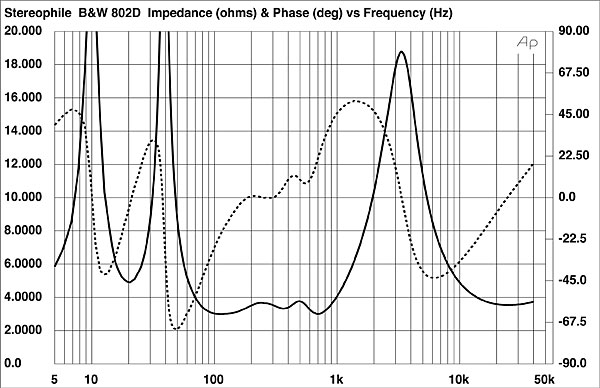I don't think this is correct. It's not either this or that. A few points:What IF... Robinson doesn't have a bias?
Either Robinson can't detect the distortion, which proves the measurement is meaningless, proving everyone's anxiety over the x3800H is also meaningless. ...or he can hear the distortion, validating the measurements and proving the x3800H is a product to avoid.
You're going to have to pick one and move on with your life...
a) measurements are not meaningless in any case, it's good to know about. Then the question is about interpreting those measurements
b) everybody has a bias. It's not only Robinson. We can't remove those biases when we listen even if we try. It's not even a conscious bias, it's that the brain is trying to fill it expects to hear. There is lots of information about this on ASR, just do a search
Feel free to organize a blind test of two or three AVRs in pure direct mode powering speakers, and please report in if you can tell a difference between SINAD levels of 75, 85 and 95. If you are able to consistently tell a difference using music or movies as a test signals, I promise to increase my donation to ASR over the next months.The new/original part in this thread: a lot of 'strange' posts about the SINAD number and audibility. All ~wrong by default since those two were proven again and again to be not correlated. But even 'more wrong' than usual here: some seem to think that distortion is just "one thing", some think that even SINAD 60 is not audible, some seem to think that all speakers have SINAD over 70 (my choice as the most 'new'), some think that SINAD X is generally more (or less) audible than SINAD Y... and many of those posts have a disturbing number of upvotes.
I would recommend everyone to read the above linked post very carefully, especially points 1,4,6.
Spoiler: no1 gives a much better number where you may start to assume that SINAD is no problem. A lot bigger than this AVR's 87 and even that number is just a sort of guess/assumption. Like pretty much every other connection that people make between SINAD and audibility.

